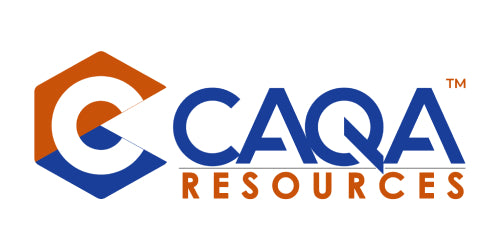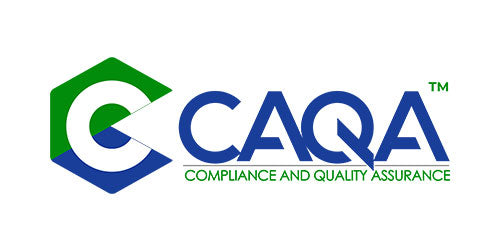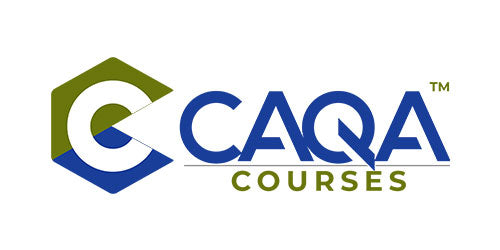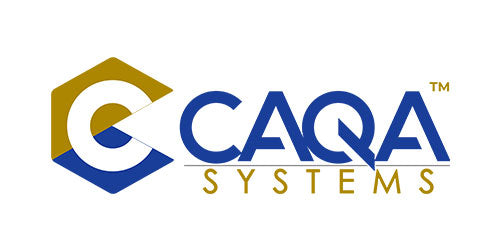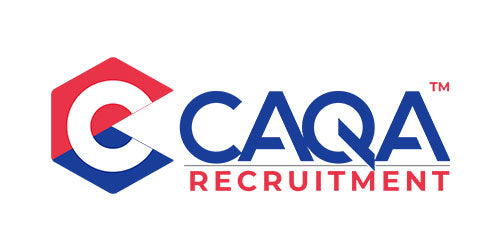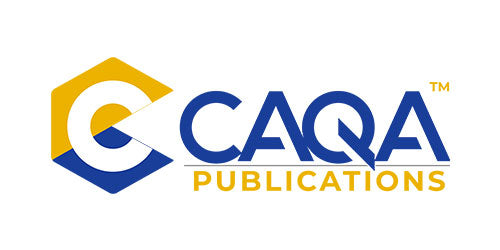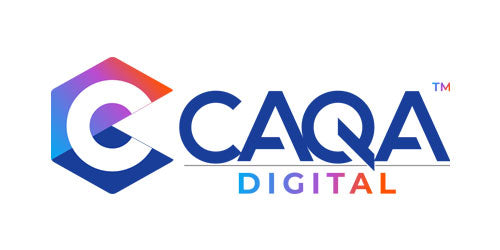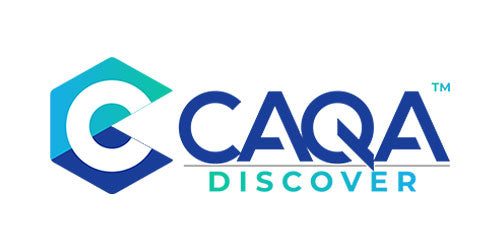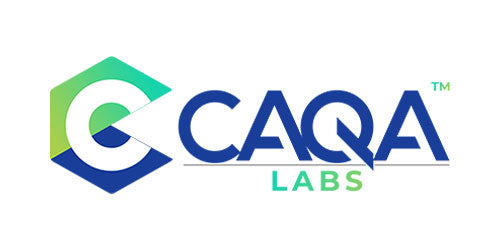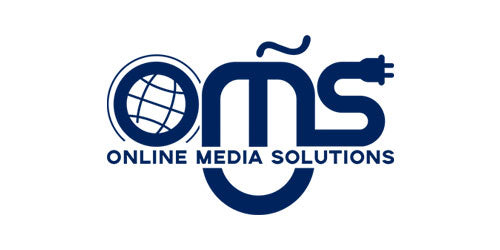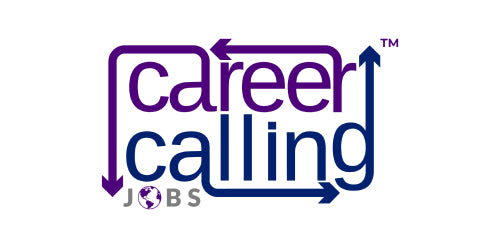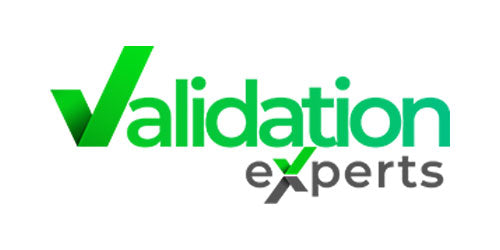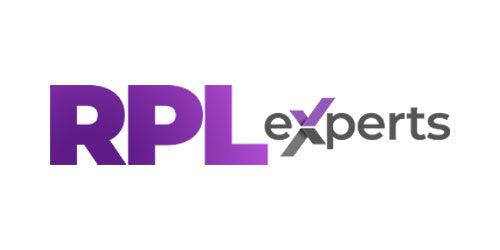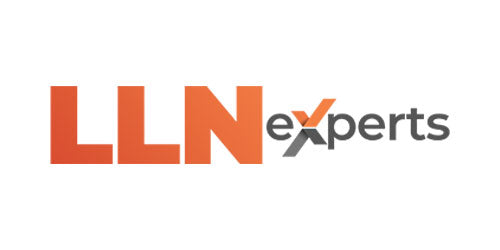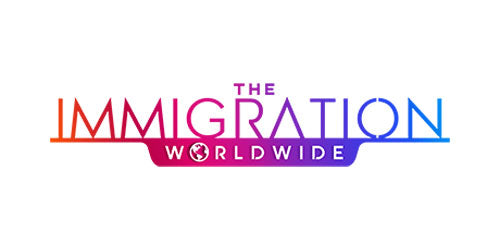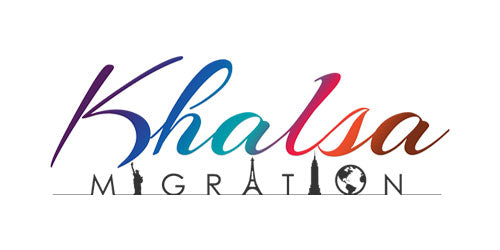The revised Standards for Registered Training Organisations (RTOs) bring a fresh wave of transformation, particularly in Quality Area 1: Training and Assessment. This revamped section introduces significant shifts from the Standards for RTOs 2015, aiming to streamline, enhance, and focus more on the outcomes of vocational education and training (VET) delivery. Below is a breakdown of the key differences and their implications for RTOs moving forward.
Structure and Organisation: A More Focused Approach
One of the most notable changes in the revised standards is the streamlined structure. Quality Area 1 now consolidates various requirements into four distinct focus areas:
- Training
- Assessment
- Credit Transfer
- Facilities/Resources/Equipment
This is a major shift from the more dispersed structure of the 2015 standards, offering a more focused and cohesive approach. This new arrangement allows RTOs to better manage and integrate their training and assessment processes, creating a more straightforward path to compliance and improvement.
Outcome-Oriented Approach
The revised standards reflect a stronger focus on outcomes. In Quality Area 1, a clear outcome statement highlights the desired results of effective training and assessment practices. This shift is significant as it moves away from compliance-based checklists towards a holistic evaluation of whether training delivers the required competencies and skills in real-world settings.
Training: Emphasising Engagement and Industry Relevance
The new standards put a greater emphasis on delivering engaging and well-structured training:
- Engagement Emphasis (Standard 1.1): RTOs must ensure that training is not just compliant but also actively engaging for students. This means that courses must be designed to capture learners' attention, making the learning experience both relevant and dynamic.
- Industry Relevance (Standard 1.2): Collaboration with industry is now more critical than ever. The revised standards require RTOs to engage with industry stakeholders, employers, and community representatives to ensure that their training remains aligned with current industry needs and trends. This increased emphasis on industry relevance ensures that students graduate with the skills and knowledge required by employers.
Assessment: Fit-for-Purpose and Quality-Assured
The revised standards overhaul assessment practices, bringing in more robust and adaptable approaches:
- Fit-for-Purpose System (Standard 1.3): RTOs must now ensure their assessment systems are fit-for-purpose. This new concept promotes a more holistic assessment approach, ensuring assessments are relevant, appropriate, and aligned with industry expectations. It represents a departure from rigid, one-size-fits-all assessment practices.
- Quality Assurance (Standard 1.5): A more structured approach to the quality assurance of assessment is now mandatory, requiring regular validation of assessment practices by appropriately skilled and credentialed professionals. This ensures that assessment processes remain reliable and consistent across different contexts and student cohorts.
- Recognition of Prior Learning (RPL) (Standard 1.6): The revised standards place a renewed focus on RPL as an integral part of the assessment process. RTOs are required to ensure that their RPL practices are accessible and effectively integrated into the assessment system. This shift promotes flexibility in recognising the existing skills and experiences of students, helping them progress faster through their qualifications.
Credit Transfer: A Dedicated Standard
For the first time, Credit Transfer receives its own specific standard in Standard 1.7. This highlights its importance within the VET system, ensuring that students can seamlessly transition between qualifications and providers by recognising prior accredited learning. This move enhances both the flexibility and transparency of student progression.
Facilities, Resources, and Equipment: Comprehensive Requirements
Standard 1.8 provides a comprehensive set of requirements for facilities, resources, and equipment. RTOs must now ensure that all facilities and equipment are fit for purpose, safe, accessible, and sufficient to meet the needs of both learners and trainers. This comprehensive approach ensures that students have access to the resources they need to succeed in their learning journey.
Overall Approach: Clarity, Flexibility, and Innovation
The revised standards introduce a fresh approach to VET delivery, focusing on greater clarity while promoting flexibility and innovation. Key features include:
- Clarity and Flexibility: The standards aim to provide clearer guidance for RTOs, removing ambiguities and making compliance easier to understand. At the same time, RTOs are given the flexibility to innovate in how they deliver training, assessment, and credit transfer services.
- Integration of Training and Assessment: A stronger emphasis on integrating training and assessment approaches encourages RTOs to develop more holistic strategies that are outcome-driven. This integrated approach supports the delivery of a more cohesive learning experience, where training naturally leads to assessment and competency outcomes.
- Transparency: Transparency is now a core element of the revised standards. RTOs are required to ensure that all processes, including training, assessment, RPL, and credit transfer, are transparent and clearly communicated to students and stakeholders. This promotes trust in the quality of VET services.
- Risk-Informed Validation: The revised standards also introduce a risk-informed approach to validating assessment practices. This approach allows RTOs to focus their validation efforts where risks are highest, ensuring that resources are allocated efficiently and that the quality of assessment remains consistent.
A Shift Towards Engagement, Quality, and Outcomes
The changes introduced in Quality Area 1: Training and Assessment represent a shift towards a more outcome-focused, integrated, and transparent approach to VET delivery. The emphasis on engagement, industry relevance, and fit-for-purpose assessment will help RTOs deliver more relevant and effective training that meets the evolving needs of industries and learners.
By embracing these changes, RTOs will not only enhance the quality of their training and assessment but also ensure they remain compliant with the new standards, positioning themselves as leaders in the ever-changing landscape of vocational education and training.

























